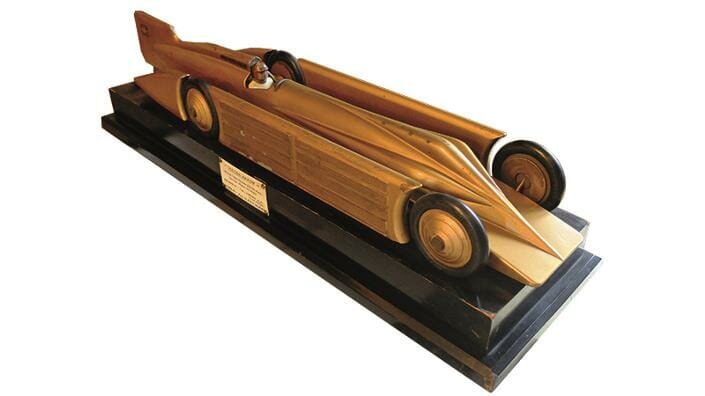![]()
In 1929, the Golden Arrow broke the world land speed record by 24mph, reaching 231mph. The car was driven by Major Sir Henry Segrave, and designed by Captain John Samuel Irving, and was also known as the Irving Special.
The glamour of speed is one of the very oldest of human emotions and, like that of music, is truly universal in its appeal,” Irving wrote the following year. He had joined the IMechE in 1927. Having worked at Sunbeam Motor Company, where he designed the 1,000hp Sunbeam, he went on to become chief engineer at Humphrey-Sandberg Company during 1927.
At Humphrey-Sandberg he designed the Golden Arrow and paid particular regard to thermodynamics, giving the car an attractive streamlined appearance. Another innovation was a telescopic sight so that the driver could aim the car without taking his eyes off the oil slick ahead.
Irving used a Napier Lion aero-engine of the 900hp Schneider Trophy type (as used by Malcolm Campbell at one stage of Bluebird’s development). This engine, also used in the Supermarine S.5 seaplane, ran on a 10:1 compression ratio. BP supplied a special alcohol fuel, used at the rate of 3mpg.







